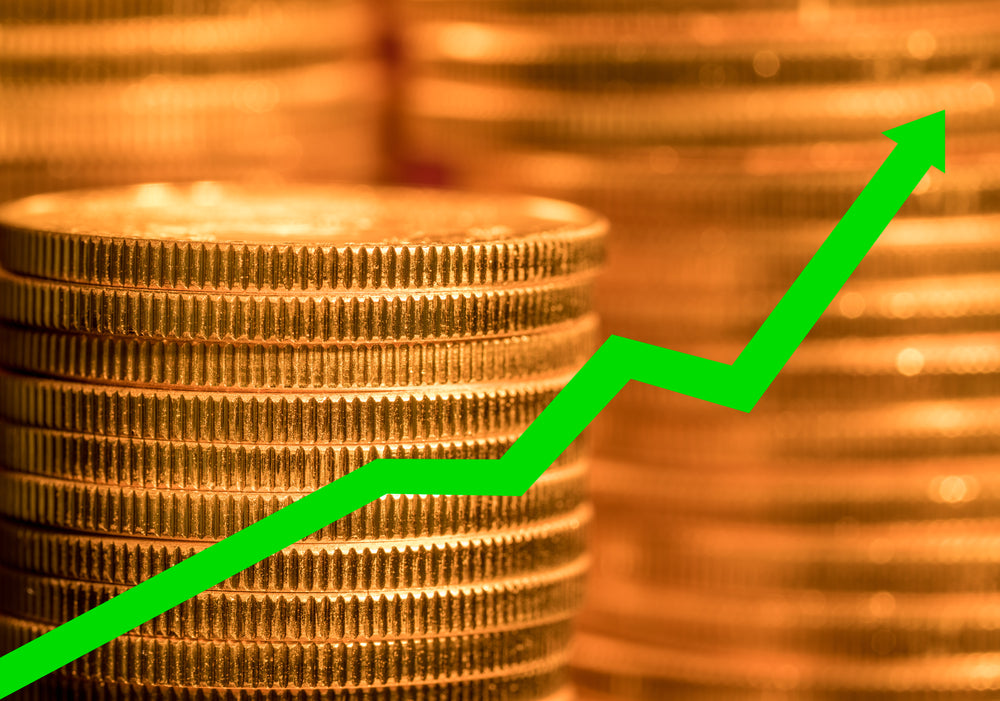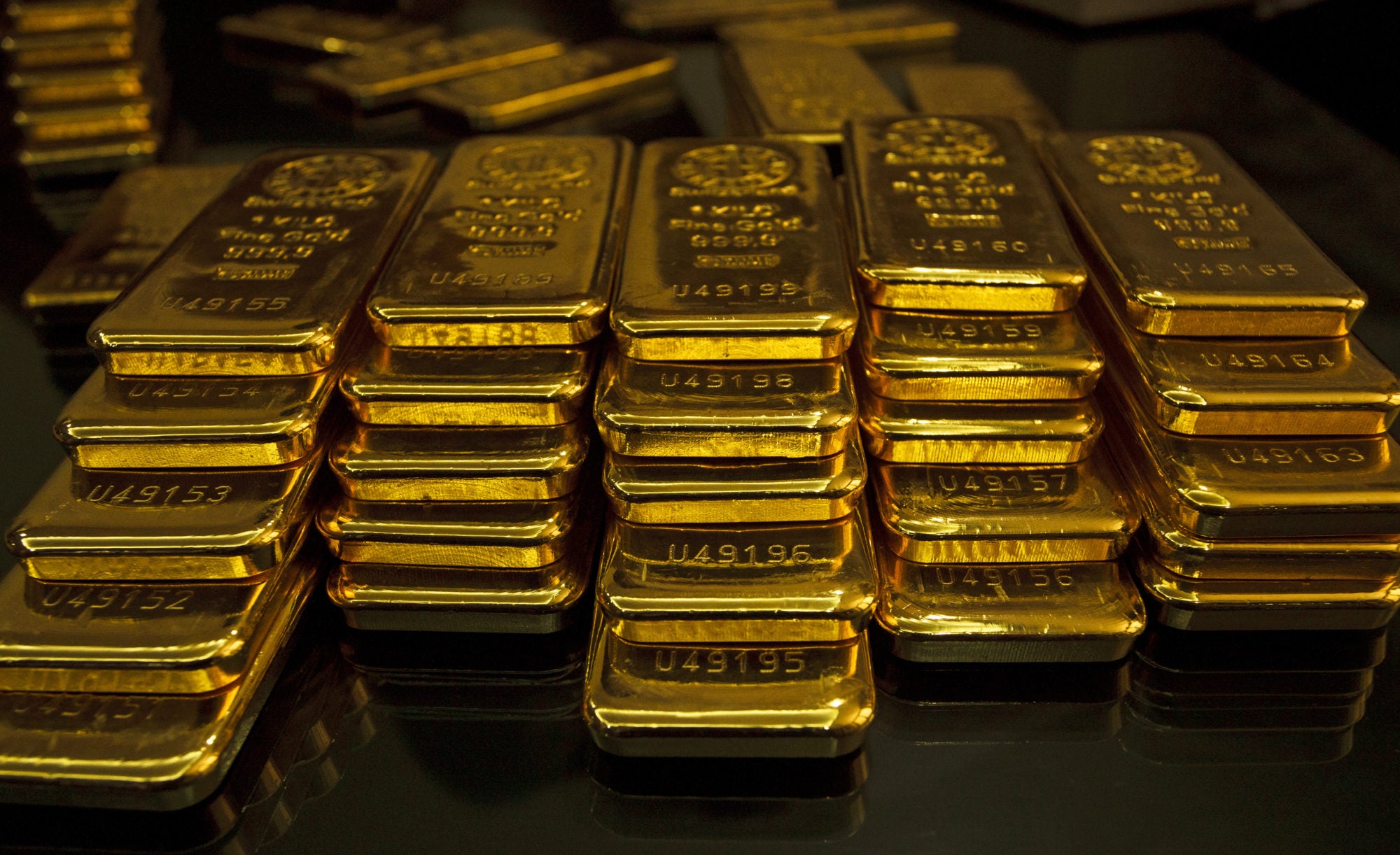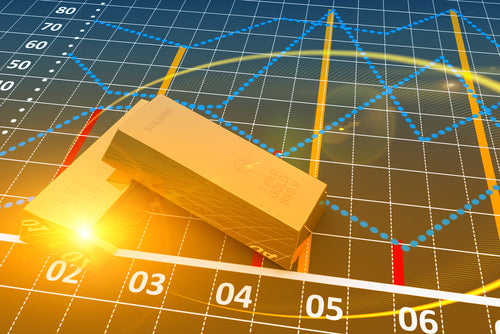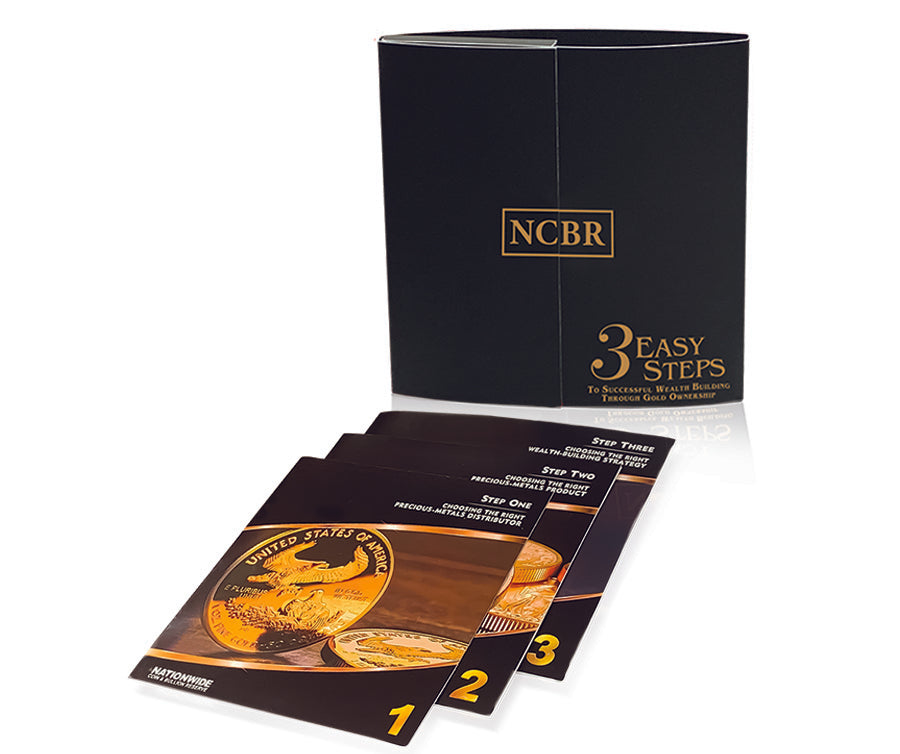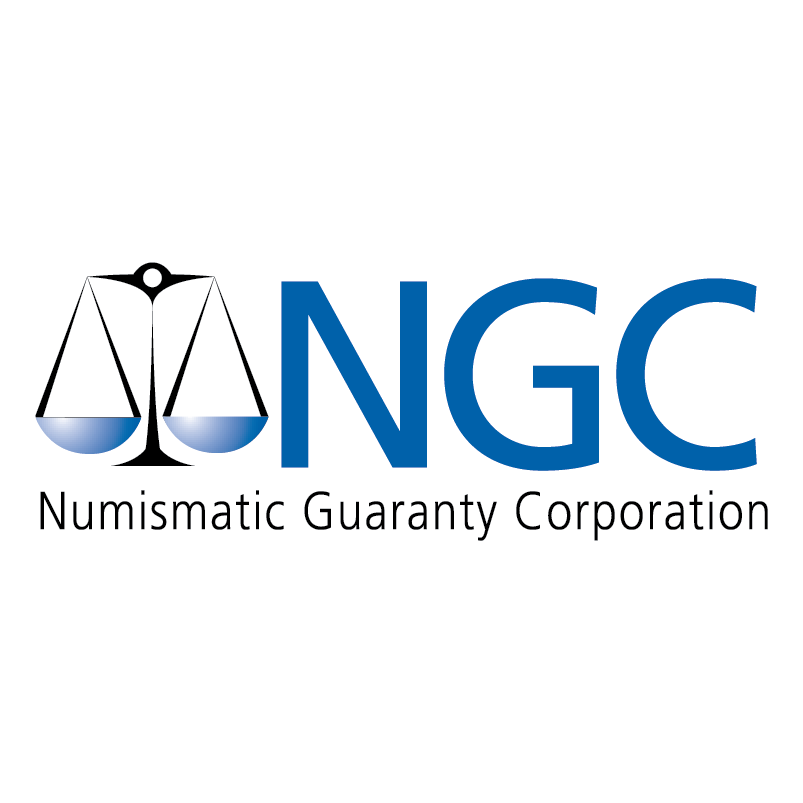GOLD BURST THROUGH THE $2,000-AN-OUNCE LEVEL FOR THE FIRST TIME IN HISTORY ON AUGUST 4, PUTTING AN EMPHATIC EXCLAMATION POINT ON THE PRECIOUS METAL’S POWERFUL 2020 RALLY.
The contract for delivery of gold in December settled at $2,021, up more than $34 an ounce.
The following morning, the London Bullion Market Association Gold Price soared to an all-time record of $2,034.45 an ounce.
Gold’s powerful momentum has surprised even bullish precious metals analysts who had cautioned $2,000 was a major resistance level that could block the metal’s upward march. But investors’ safe haven rush to gold has continued virtually unabated since March 18 when gold stood at $1,478-an-ounce on the COMEX exchange in New York and has accelerated since mid-July when gold broke $1,800. Gold is up 37 percent from its March low.
The drop in U.S. short-term interest rates to near zero, and to below zero in the Eurozone, has boosted gold’s attractiveness relative to fixed income investments. Adding to gold’s glitter are concerns about rising stock prices amid the economic damage of coronavirus closures and a dip in the U.S. dollar’s value which makes the precious metal more affordable in its largest markets outside the United States.
Traders have been jumping on board the accelerating rally, following the commodities industry mantra, “The trend is your friend.” There is risk, though, in short-term trading because explosive rallies can end suddenly and violently. It is far safer to be a long-term investor positioned to benefit from strong rallies, while also willing to ride through inevitable periods of volatility.
Real Time Precious Metals Data Below
